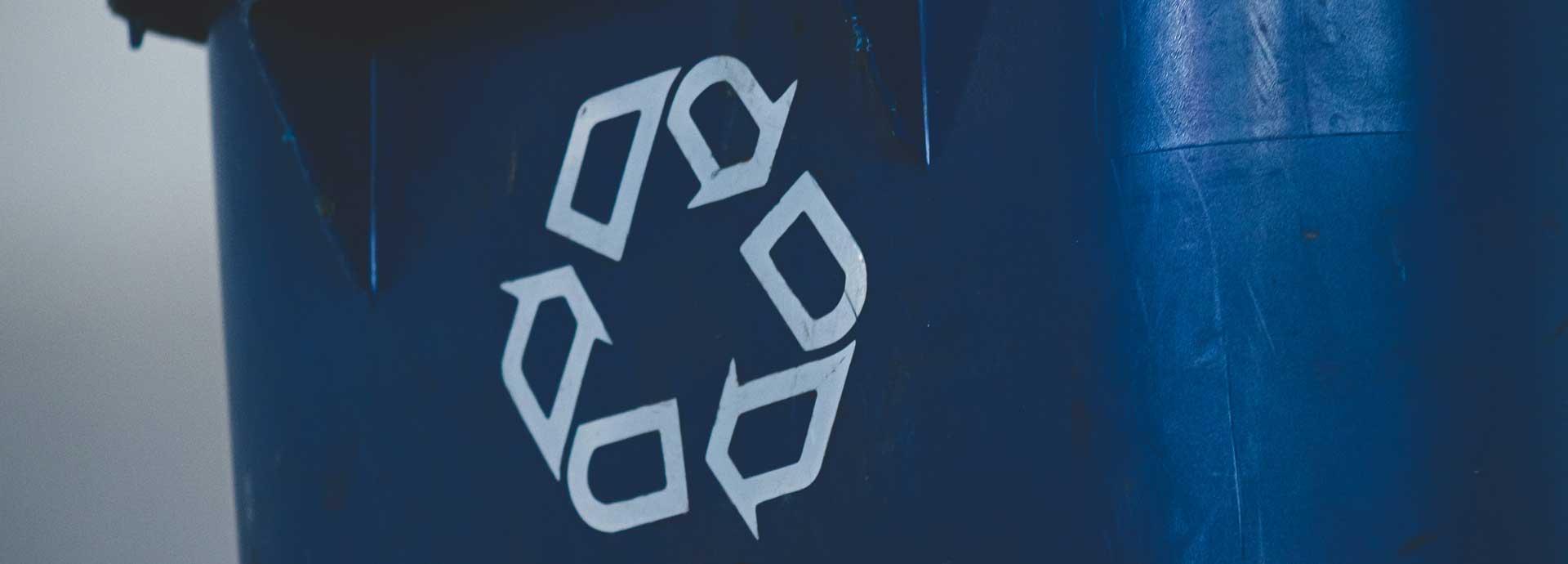

In January 2023, I started a six-month stay in Joensuu as a Fulbright Scholar. At my orientation, we had a nice presentation on culture shock by Sophia Hagolani-Albov in which she explained that culture shock can lead to feelings of anxiety. That brought one anxiety-inducing shock to my mind: the complexity of taking out the trash in Finland!
It was a shock to face this scene when I first brought a bag of “garbage” to the shed beside my apartment in Finland: Five options inside, plus two more outside.
In Tennessee, where I come from, there are two standard options for household waste: a recycling bin, which accepts paper, carboard, plastic, metal, and glass without any need for sorting and a ‘garbage’ can, which takes everything else.
So, it was a shock to face this scene when I first brought a bag of “garbage” to the shed beside my apartment in Finland: Five options inside, plus two more outside. Separate bins for paper, cardboard, food scraps, plastic, and ‘mixed waste.’ The glass and metal options are next to the shed, and relatively small because many of the glass and metal containers are part of a deposit-return system, with the return stations located at or near shopping centers.
After stumbling through trying to read the instructions on the door, I am not yet confident I am getting the sorting quite right. Reading online has helped but I still find myself pausing with my paper napkin in my hand, choosing between paperi (paper) and biojäte (compostable biowaste). And I still haven’t worked up the courage to navigate the pullonpalatus (bottle return station).
Despite the anxiety, I take this shock as a positive: here everyone is sorting food scraps, thus providing the makings for valuable compost rather than the likely source of methane in a landfill. The sekajäte (mixed waste) - mostly being bits of plastic packaging - get incinerated, turning what is garbage in our system into a useful energy source. I don’t know if a life cycle assessment of the inputs required for handling, transporting and reforming the muovi (plastic) would show a net benefit (plastic recycling is fraught) but the general acknowledgement of a responsibility to handle your waste materials correctly is inspiring to me.
In Tennessee, we have a garden at home, so we separate and compost our food scraps, but in doing this we are pretty unusual. I have also read that much of our ‘recycle’ stream ends up in landfill, due to a lack of demand for the low-value mixed plastic and glass materials. In addition, there is no bottle or can deposit system in our area, so all the metal and glass containers end up either in the garbage or the recycling, and maybe end up in the landfill either way. I think we in the U.S. could learn from the Finnish waste management example.
So, my culture shocks in coming to Finland include the petty and the profound, with many being sources of satisfaction once the anxiety wears off. Now, where to dispose of that price sticker I had to put on my mango at the S-Market… ?



